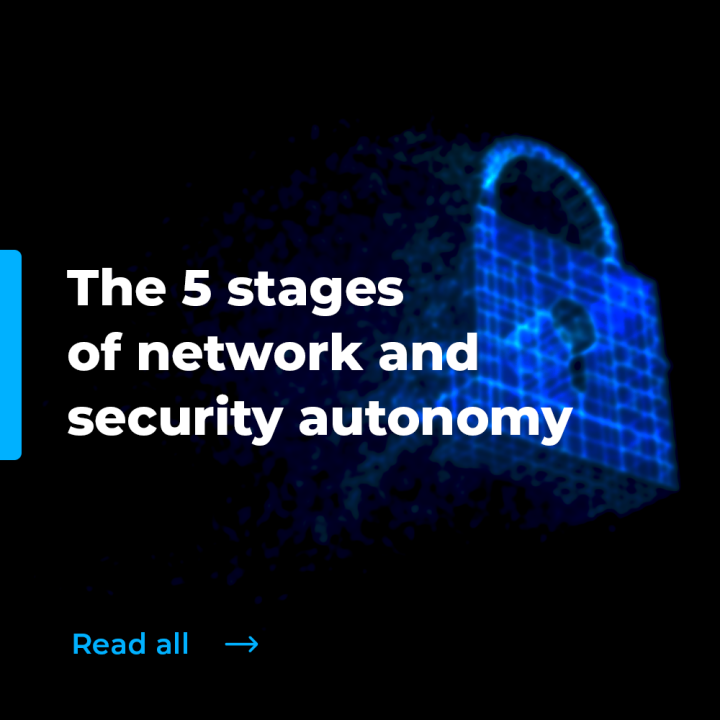
There are several reasons why organizations should automate their network & security services and processes around it, let’s quickly sum it up:
- Increased efficiency: Automation can help streamline network tasks, reducing the time and effort required to perform manual tasks and freeing up resources for more strategic initiatives.
- Improved accuracy: Automated network processes are less prone to human error, resulting in more consistent and accurate results.
- Enhanced scalability: Automated processes can be easily scaled up or down to meet changing network demands, enabling organizations to respond quickly to new opportunities or challenges.
- Better visibility: Automated network processes can provide greater visibility into network performance, helping organizations quickly identify and resolve issues before they become major problems.
- Increased agility: Automated network processes can help organizations quickly and easily implement changes, reducing the time and effort required to update their network.
But to get there, there is a bit of a journey and there are different stages you will find yourself in at some point in time. Remember, it’s a journey, you don’t need to be at level 5 tomorrow!
(But if you’re only at level 1 or 2, we need to talk!)

Stage 1: Manual work
In this stage, network and security operations are performed manually by human operators. Configuration, monitoring, and troubleshooting are all done manually.
Stage 2: Semi-Autonomous
In this stage some aspects of network and security operations are automated, but human intervention is still required for certain tasks. For example, alerts may be generated automatically, but a human operator must still take action to resolve the issue.
Stage 3: Autonomous Response
In this stage, the network and security systems have the ability to respond automatically to certain events. For example, if a threat is detected, the system may take action to isolate the affected device or quarantine the threat.
Stage 4: Predictive
In this stage, the network and security systems have the ability to predict and prevent potential threats based on historical data and machine learning algorithms. This stage requires a high degree of automation and integration between network and security systems.
Stage 5: Self-Healing
In this stage, the network and security systems have the ability to diagnose and resolve issues without human intervention. The systems can automatically identify the root cause of an issue and implement a solution. This stage represents the ultimate goal of network and security autonomy.
